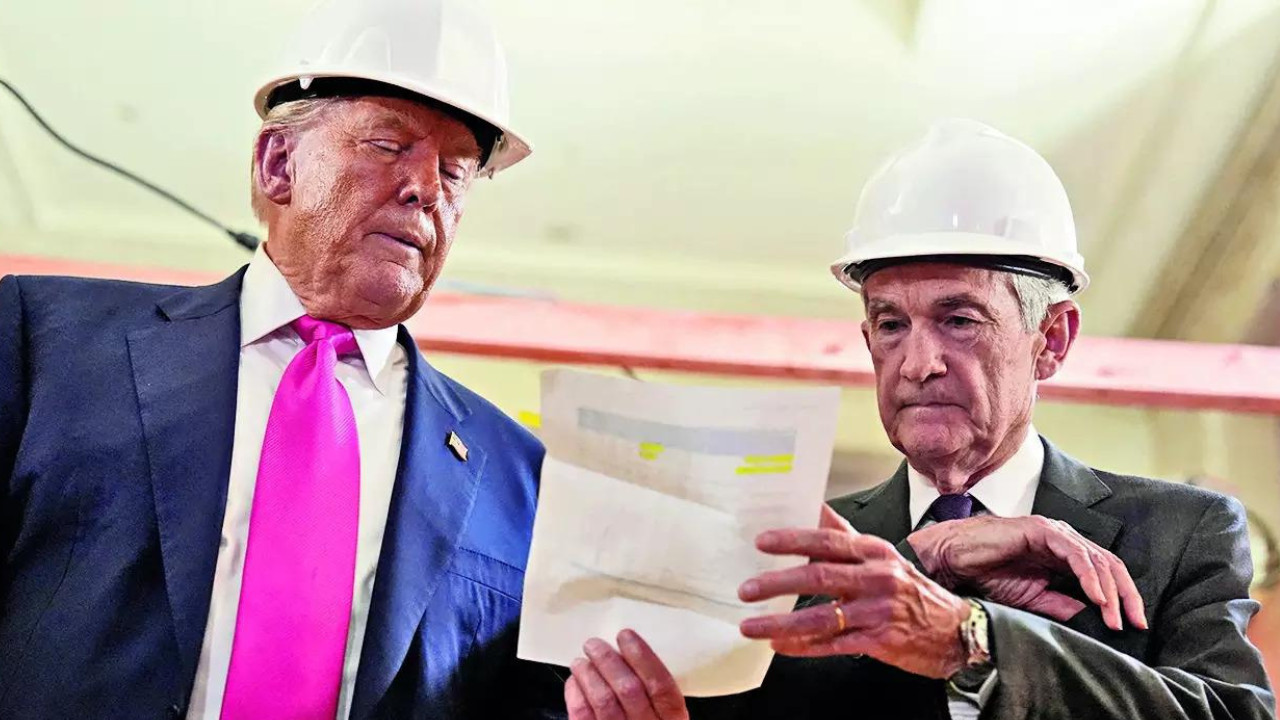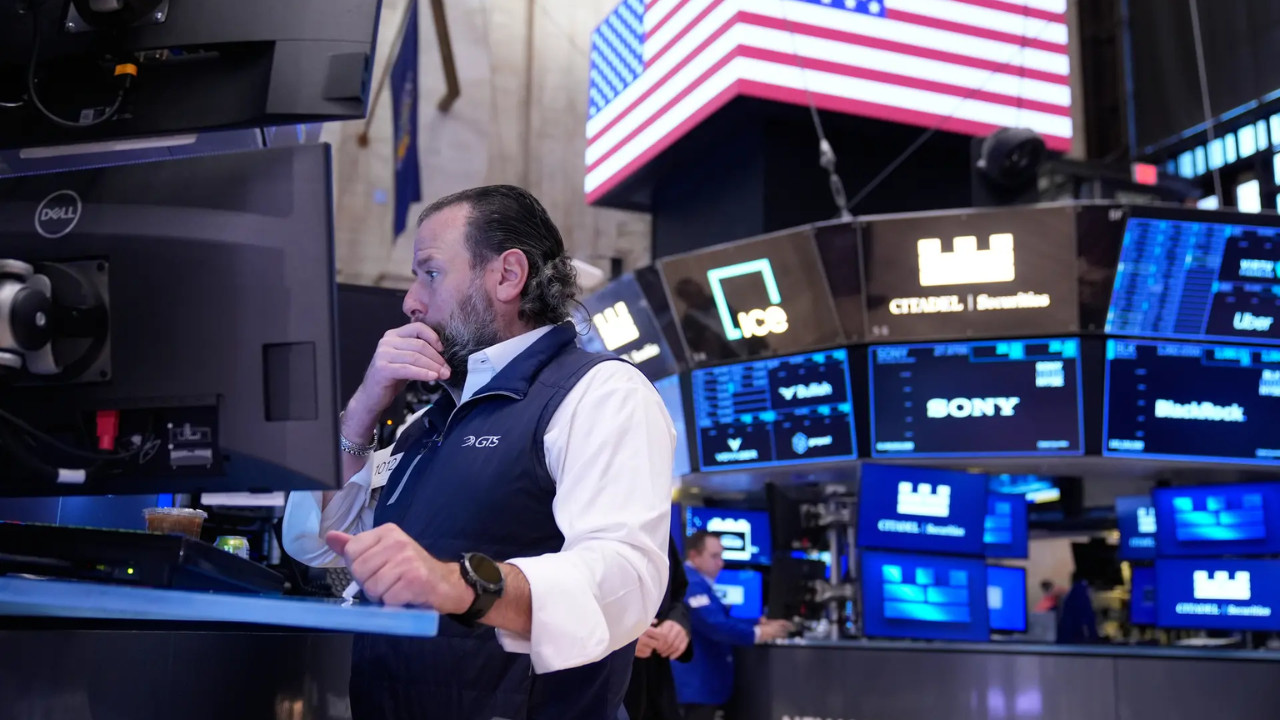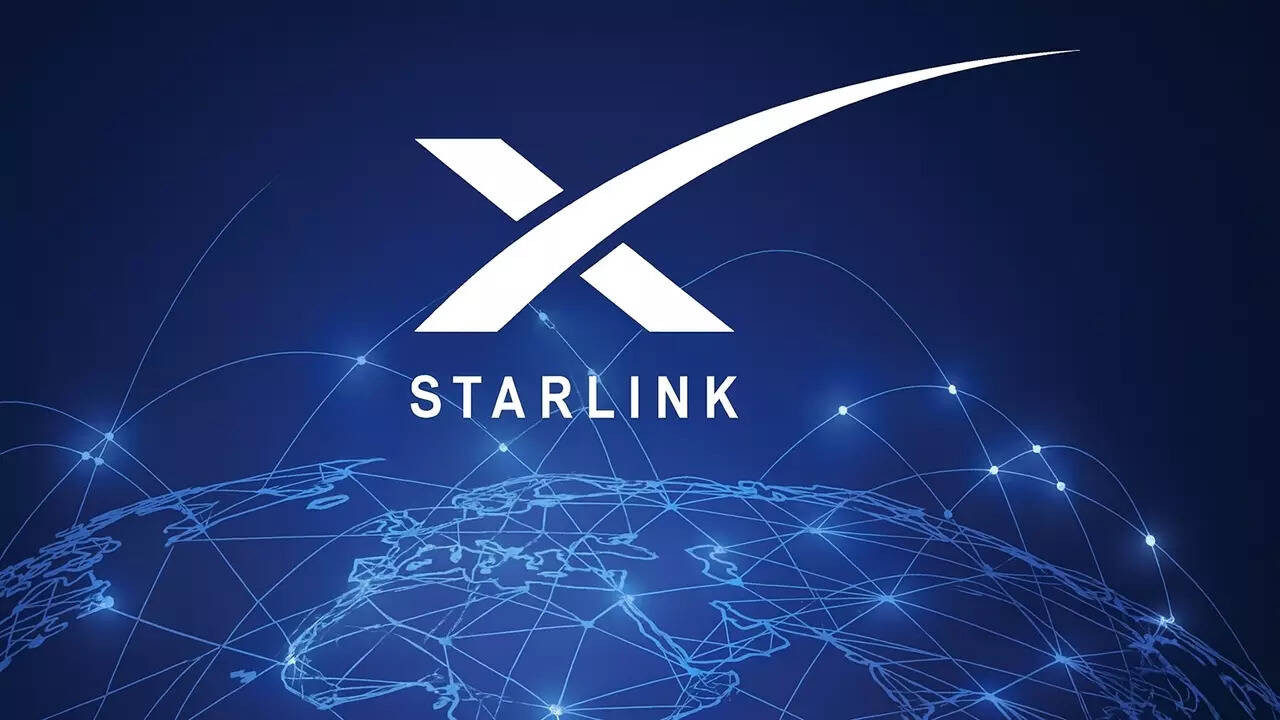President Trump has sharply criticized Federal Reserve Chairman Jerome Powell, deeming him unfit for his role due to perceived incompetence and political bias, following the Fed’s decision to maintain steady interest rates. Trump claims Powell’s actions are costing the country trillions.
Powell’s Pause: Are Interest Rates Stuck in Neutral?
The Federal Reserve, helmed by Jerome Powell, just announced its decision to hold steady on interest rates for the fifth consecutive time. This, of course, hasn’t gone unnoticed, least of all by former President Donald Trump, who wasted no time in voicing his displeasure, calling Powell “too stupid” and claiming the decision is costing the country trillions. Strong words, to say the least. But beyond the political theater, what’s really going on with the Fed’s strategy, and what does it mean for your wallet?
The Fed’s decision comes amidst a complex economic landscape. Inflation, while cooling from its peak, remains stubbornly above the Fed’s 2% target. Meanwhile, the labor market, which has been surprisingly robust, is showing some signs of softening. This creates a tricky balancing act for the central bank. Raise rates too aggressively, and you risk tipping the economy into a recession. Hold them too low for too long, and you risk inflation reigniting.

The core of the debate hinges on whether current interest rate levels are effectively curbing inflation without causing undue economic pain. The Fed seems to be betting that they are, adopting a “wait-and-see” approach to assess the full impact of their previous rate hikes. They’ve signaled a willingness to adjust course if necessary, but for now, they seem content to remain on pause.
Navigating the Murky Waters of Interest Rate Decisions
The challenge is that economic data can be misleading. Lagging indicators, like unemployment figures, might not fully reflect the impact of past interest rate changes. Leading indicators, like consumer confidence surveys, can be volatile and unreliable. Powell and his team have to sift through this noise to discern the underlying trends and make informed decisions.
Trump’s criticism, while characteristically blunt, taps into a broader frustration with the Fed’s handling of inflation. Many Americans feel that rising prices have eroded their purchasing power, and they’re looking for solutions. However, it’s crucial to remember that controlling inflation is a marathon, not a sprint. Prematurely easing monetary policy could undo the progress that’s been made and lead to even greater economic instability down the road.
Decoding the Fed’s Balancing Act: Understanding Interest Rate Decisions
So, what does this mean for you? In the short term, the Fed’s pause likely means continued stability in borrowing costs. Mortgage rates may remain elevated, but they’re unlikely to surge significantly higher. Credit card interest rates will also likely hold steady. For savers, it means that yields on savings accounts and certificates of deposit may not increase much further, but they’ll remain relatively attractive compared to the near-zero rates of the recent past.
Longer term, the outlook is more uncertain. The Fed’s future actions will depend on how inflation and the economy evolve. If inflation proves more persistent than expected, the Fed may need to resume raising rates. Conversely, if the economy weakens significantly, the Fed could be forced to cut rates to stimulate growth. These unpredictable economic shifts are why it’s so important to have a plan and adapt as you go. For instance, understanding your options if the real estate market cools can help prepare you for future economic changes.
Ultimately, the Fed’s goal is to achieve price stability and full employment. It’s a delicate balancing act, and there are no easy answers. While the political noise may be loud, the Fed must remain focused on its dual mandate and make decisions that are in the best long-term interests of the economy. The impact of interest rate decisions reverberates throughout every financial sector, which is why the Fed’s next moves will be closely watched by businesses, investors, and everyday Americans alike.
The current pause gives the Fed time to collect more data and assess the impact of its past actions. Whether it’s a temporary respite or the start of a longer-term shift in strategy remains to be seen, but what is certain is that the economic landscape, shaped by these interest rate decisions, is constantly evolving. The next few months will be critical in determining the trajectory of the economy and the future path of interest rates. As always, staying informed and adapting to changing conditions will be key to navigating the challenges and opportunities ahead.







